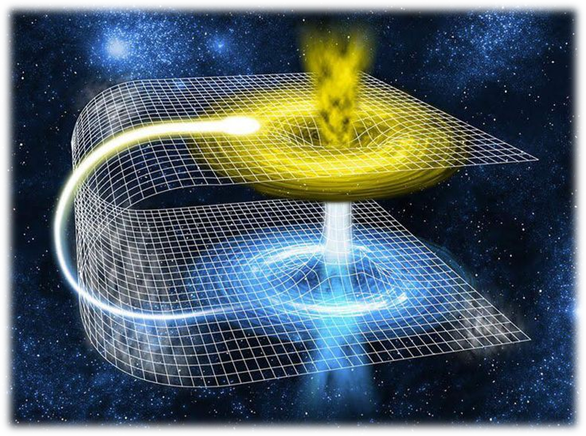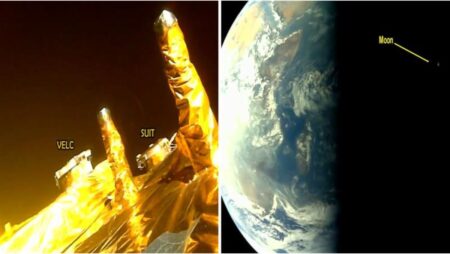Wormholes or portals in space may be viable to travel through the universe, as suggested by a new theory.
Ecole Normale Superieure de Lyon computer science scientist Pascal Koiran proposed a theory in his physics pre-print paper that suggests that wormholes might be more stable than they were thought to be.
The studies that were conducted earlier gave results of these hypothetical shortcuts through space-time or portals between a black hole and white hole, or a theoretical connection of two separate points in space-time would instantly collapse because there were very minute differences in the mathematics of relativity, which is used to describe wormholes.

What wormholes are?
According to the theory given by German physicist Albert Einstein and American- Israeli physicist Nathan Rosen, who coined the term ‘Einstein-Rosen Bridge’, a wormhole is a theoretical passage through space-time that could create shortcuts for long journeys across the universe.
Although they have never been observed, their possibility of existence is compatible with Einstein’s Theory of General relativity.
Earlier, Einstein and Rosen used the Schwarzschild metric, one of the parameters, to build their wormhole, and most of the later analyses are also done while using the metric.
However, every time an obstacle arises with this metric, the particle breaks down at a particular distance from the black hole, also known as the event horizon, the region at which the gravitational force is maximum.
So, physicist Pascal Koiran tried using the Eddington-Finkelstein metric, which resulted differently. Using the Eddington- Finkelstein metric, Koiran mathematically simulated a path for a particle to go through the black hole without collapsing at a certain distance or the event horizon.
Koiran Found that, unlike the Schwarzschild metric, the Eddington-Finkelstein metric didn’t break down at the event horizon.
Although if physicists tried to combine a black hole and a white hole, in reality, their energy densities would break everything apart.













